Sammy Roth: River rafting in Colorado offers climate lessons for Southern California
Published in Op Eds
As our raft guide navigated the gentle rapids and rocky canyon walls of Colorado’s Taylor River, Los Angeles felt a world away. The river was quiet, serene. Keep an eye out for bighorn sheep, our guide told us.
But even as I reveled in the soothing scenery, I kept thinking about home.
A few miles downstream, the water would reach the Gunnison River. From there, some of the flow — the stuff not diverted to farms and ranches and cities — would continue 180 miles to join the Colorado River at Grand Junction. Then it would meander through Utah’s red-rock country, before stopovers at Lake Powell and Lake Mead.
Eventually it would be pumped hundreds of miles across California. A few drops might reach my apartment.
Last week, I rafted the Taylor River; this week, back home from vacation, I may be drinking it.
It’s easy to get lost in abstractions. Sure, I know much of my city’s drinking water comes from faraway mountain ranges, and much of its electricity from distant power plants. As an environmental journalist, I’m aware the dams and generators built to serve the West’s major cities have reshaped communities and ecosystems.
But sitting here in L.A., that’s all a thought exercise. For the people and places at the other ends of the aqueducts and power lines, the consequences are extremely tangible.
Take the raft guide who steered me and my friends down the Taylor.
He was in his early 20s and living his best life, having moved to Colorado to be a ski bum before falling for rafting. His goofy, carefree vibes belied a wealth of knowledge. When I asked him about drought, he rattled off cubic-feet-per-second river flows. (They’re low this year.) He mentioned a water board meeting happening that night.
Then our raft snagged on some rocks.
“Here we gooooo!” he called, flipping us back around.
I kept asking him about water, my friends long since having accepted that I’ll use our hiking trips for newspaper fodder. He told me this year’s snowpack wasn’t awful, but too many early-season hot days wiped out most of the high-elevation snow. He described an upstream reservoir on the Taylor as a “saving grace” for rafting, because in dry times the dam can ensure steady water releases.
Still, the Taylor was lower than he’d seen in five years on the job. We kept scraping rocks he’d never encountered.
“For me personally, it’s like a new river,” he said.
We didn’t talk about the Colorado River water sucked up by front lawns, golf courses or farmers who grow alfalfa to feed cows — cows being a significant driver of climate change, including worsening droughts.
But those water users are all part of the same interconnected system. And partly due to global warming, there’s not enough water in the Colorado River Basin to go around. With Lake Mead just 31% full and Lake Powell at 32%, Western states are currently renegotiating who will lose how much water during the inevitable next shortage.
Residents of major cities like L.A., with political clout and diversified water supplies, probably won’t see their lives severely disrupted. Rural communities closer to our collective water sources may not fare so well.
That doesn’t mean Colorado rafting companies have a higher moral claim to water than, say, low-income families in L.A. I just couldn’t help but think, as I floated the Taylor, that Westerners urban and rural, red and blue, actually have a lot in common. We’re bound by water, energy and public lands.
My friends and I kept learning that lesson as we traversed Colorado’s Western Slope.
At Black Canyon of the Gunnison National Park, for instance, we had to change plans and avoid the South Rim — closed due to wildfire. Jonathan P. Thompson, an environmental reporter who grew up in southwest Colorado and writes the Land Desk newsletter, told me he’s seen a huge uptick in fire activity in the region.
“Up until 2002, the biggest wildfire in recorded history in Colorado was like 20,000 acres,” he said. “Now that’s not even on the list of the top 10 ... Now the record is closer to 200,000 acres.”
He also mentioned the Dragon Bravo fire, which has burned over 140,000 acres on the Grand Canyon’s North Rim and destroyed about 100 properties within the national park. The blaze is still raging.
“It’s crazy not how many fires there are, but just the severity and the size of them,” Thompson said.
Indeed, Western wildfires are getting bigger and more destructive due to climate change — a crisis largely fueled by oil, gas and coal combustion. And most of those fossil fuels are being burned by or for urban residents.
I’m not trying to guilt-trip anyone (at least, not too much). Again, we’re in this together. If you care about clean air, national parks and having enough water to drink, it shouldn’t matter where you live. Westerners rely on the same natural resources. We share the same spaces.
To an extent, the same is true for housing. During our trip last week, my friends and I spent time in mountain ski towns such as Crested Butte and Gunnison, where housing prices have soared as young people are priced out of cities such as L.A., San Francisco and Denver, and as tourism fuels demand for short-term rentals.
Thompson has tracked similar trends in national park gateway towns across the West.
“These are tourist communities. The answer is not to stay away by any means,” he said. “Just being conscious of what people are going through, who’s waiting on you at restaurants and that sort of thing. And the fact that they might have to drive a long way, might have to work several jobs to be able to afford to live there.”
It’s good advice, especially with empathy in short supply in a bitterly divided America. Even if we can’t all agree on how to divvy up the Colorado River or why it’s getting hotter — although God knows the science is crystal clear on climate change — we can still bond over the challenges we share.
I realize that may sound naive. But something has to bring us back together eventually. Right?
One last tidbit from Colorado.
As I walked through Gunnison to mail some cards at the post office — an institution as quintessentially American as the national parks — I stopped to admire a beautiful mural. Reading a sign, I was delighted to learn that a local quarry had supplied the marble used to build the Lincoln Memorial in Washington, D.C.
I’ve spent a lot of time thinking about Abraham Lincoln since the November election: his courage, his convictions, his role in rescuing the United States from unthinkable crisis. More than half a million people died in the Civil War. But 160 years later, the nation is still here. Slavery is gone. The American democratic experiment continues.
I know talking with raft guides won’t solve all our problems. Neither will empathizing with waiters in ski towns, or bonding over a shared love of national parks, or even successfully renegotiating interstate water compacts.
But those sound like reasonable steps toward avoiding much harsher outcomes.
©2025 Los Angeles Times. Visit at latimes.com. Distributed by Tribune Content Agency, LLC.
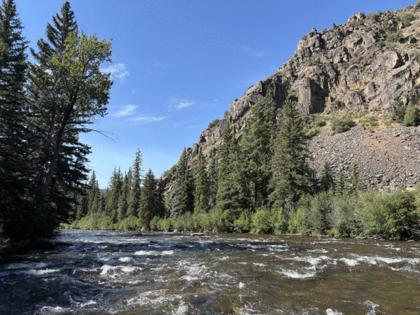
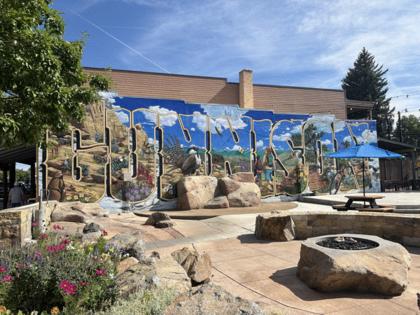


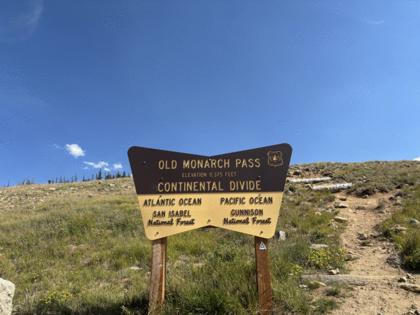








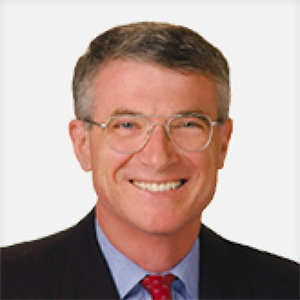



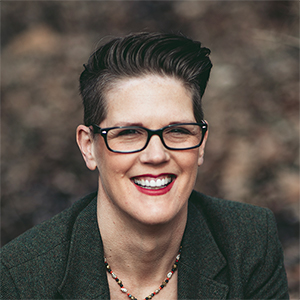





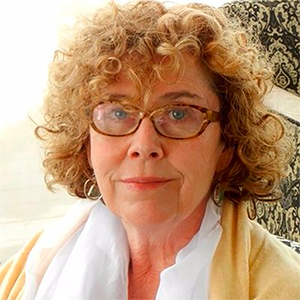

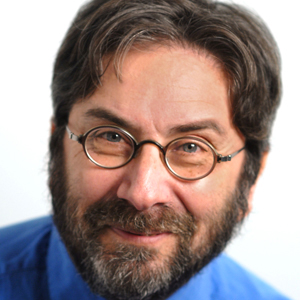
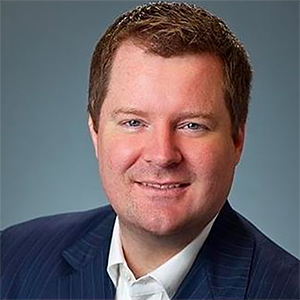



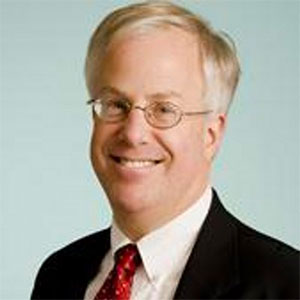




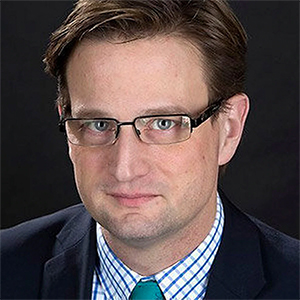
















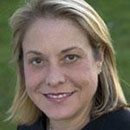
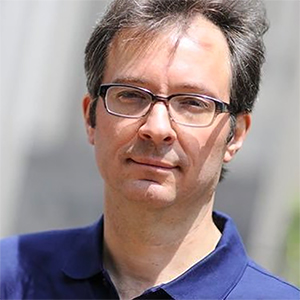






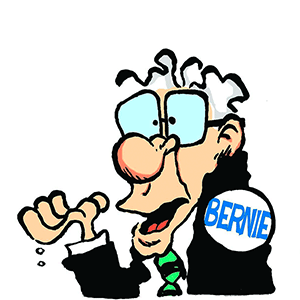
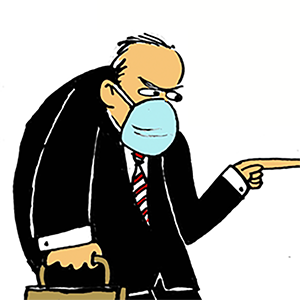


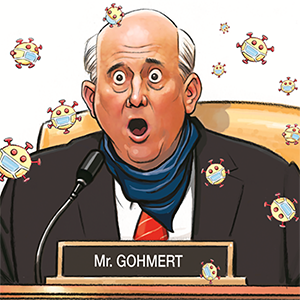
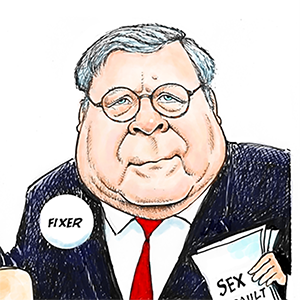
Comments